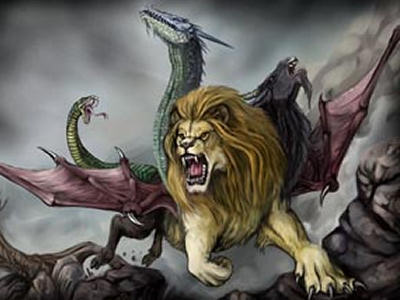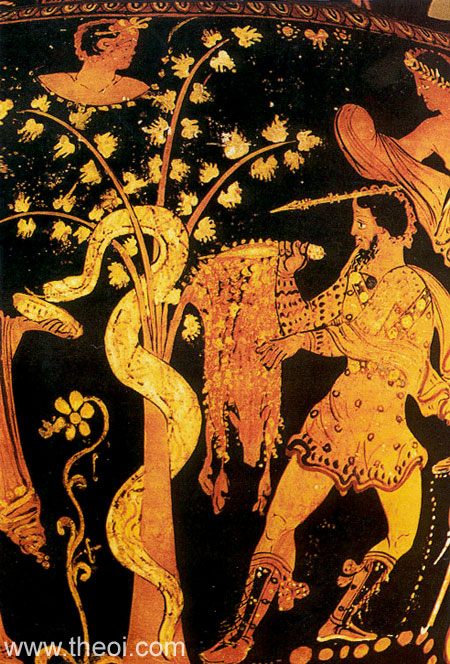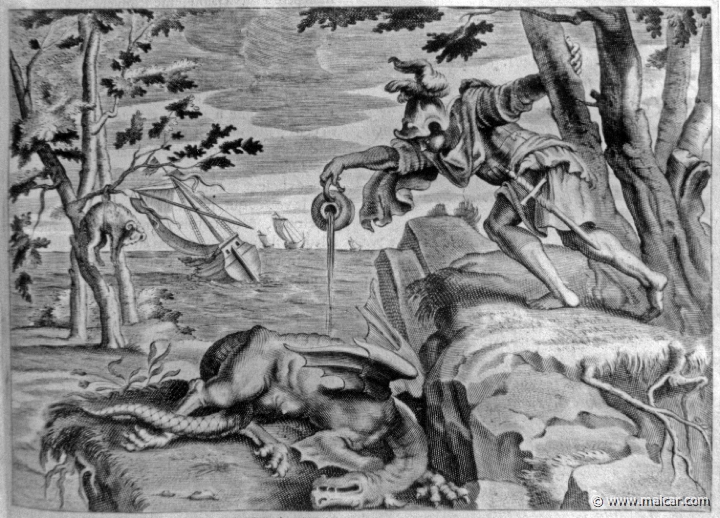Europan/Greek Dragon Mythology

Europan/Greek Dragon Mythology

Europan/Greek Dragon Mythology

Europan/Greek Dragon Mythology

Europan/Greek Dragon Mythology
There were four types of dragon in ancient Greek language mythology : the serpent Dracones, the marine Cetea, the fire-breathing Chimaera and the she-monster Dracaenae. The four kinds of dragon-like creatures recognized to the Greeks were the Dracones, Cetea, Chimaera and Dracaenae. The primary these occur in both myth and legend--"legend" meaning the ancients believed such creatures inhabited the far corners of the earth in historical times.
A lot of modern stories represent dragons as extremely intelligent creatures who can talk, connected with (and sometimes in control of) powerful magic. Dragons are also shown as guardians and close friends of human beings, with evil dragons simply confusing by humans. In stories a dragon's blood often has magical attributes: for example in the opera Siegfried it let Siegfried understand the language of the Forest Bird. The typical dragon defends a cavern or castle filled with gold and treasure and is often associated with a great hero who tries to slay it, but dragons can be created into a story in as many ways as a human character, which includes as wise beings whom heroes can easily approach for help and advice; in some such conditions they resemble Asian rather than European dragons.